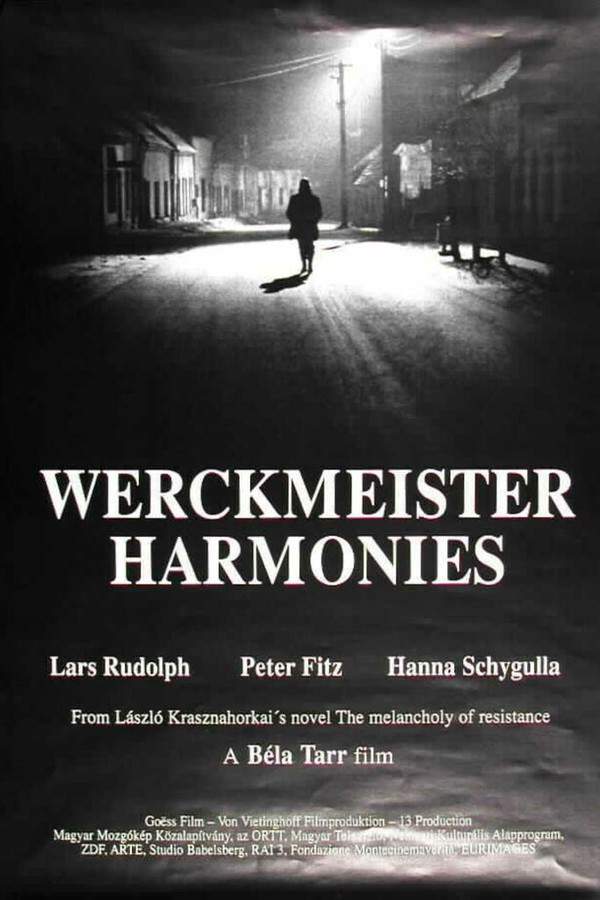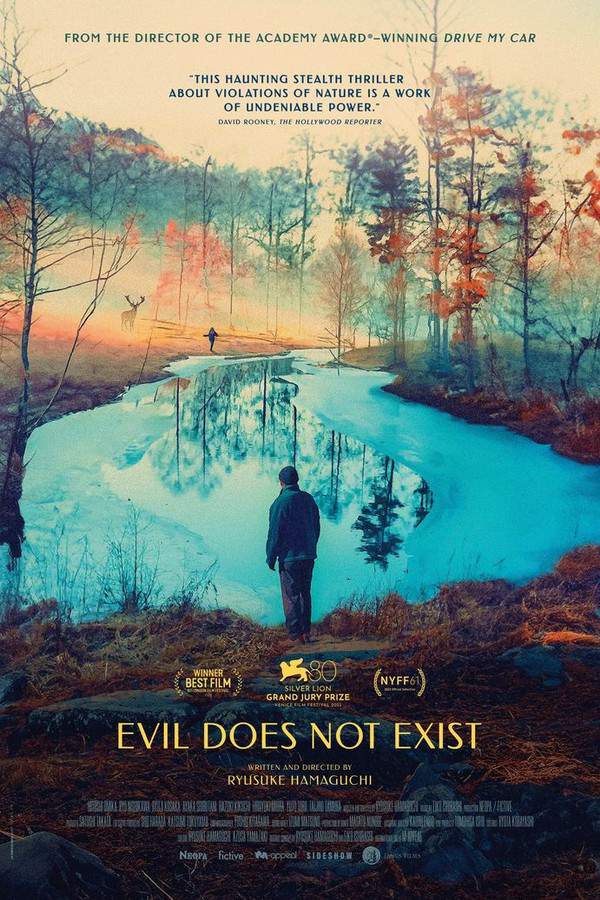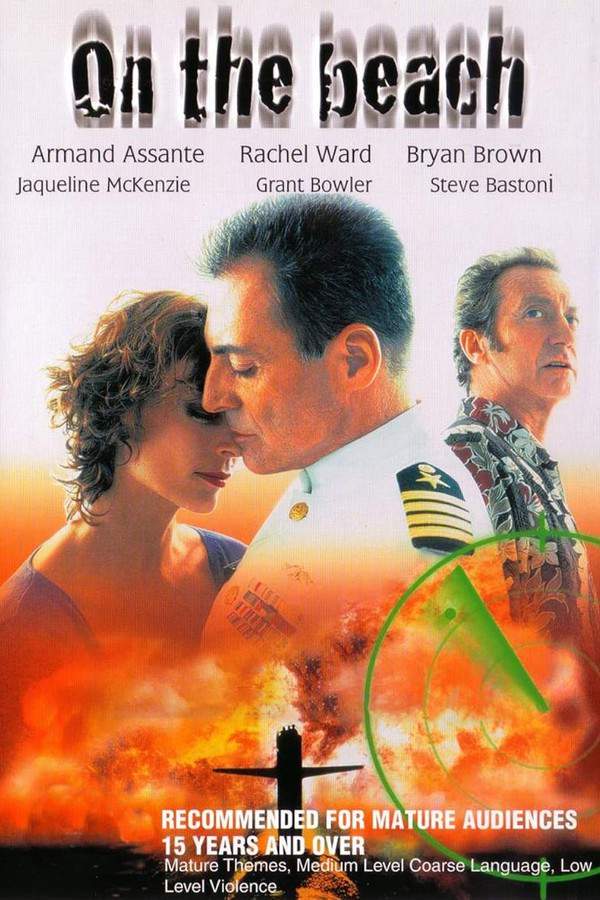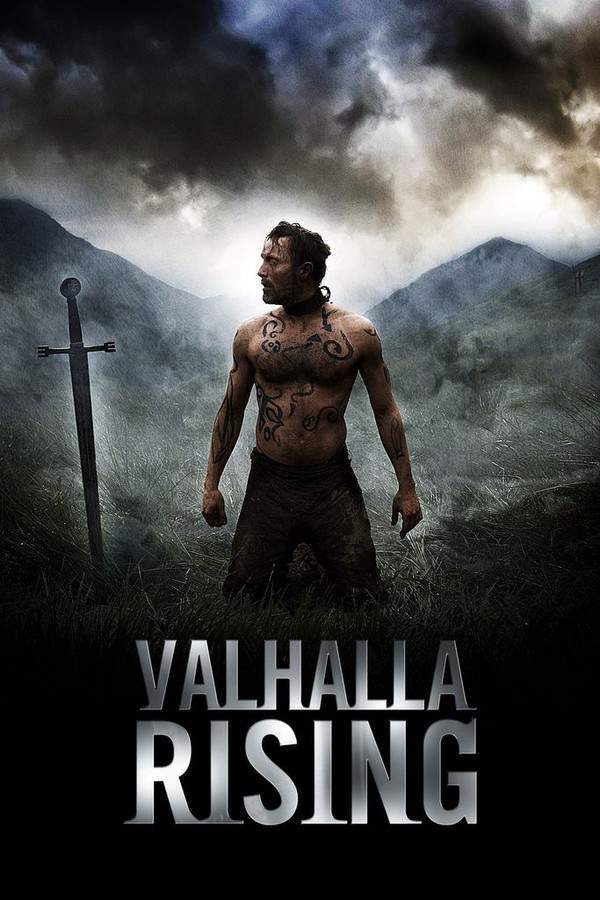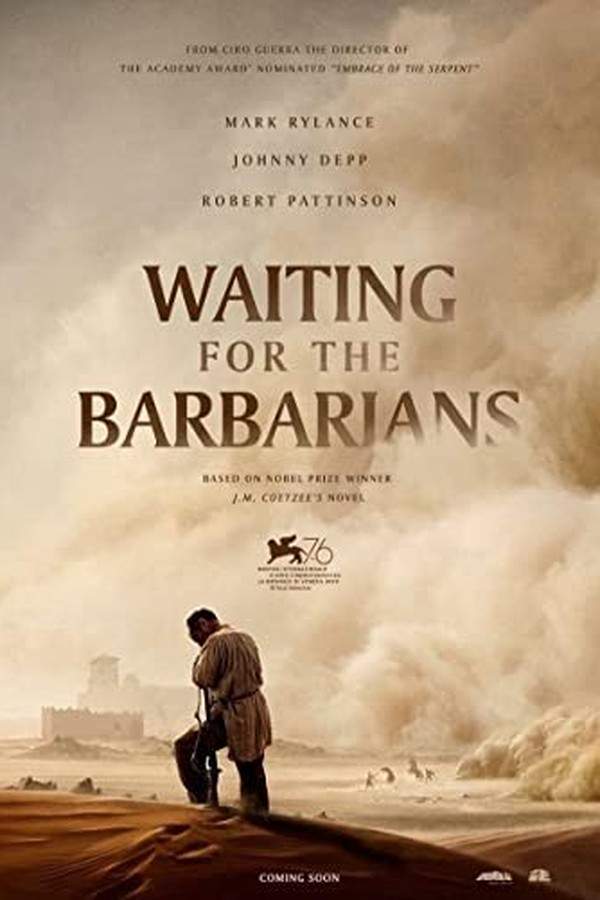
Waiting for the Barbarians
In a remote frontier settlement, a seasoned Magistrate looks forward to a peaceful retirement from his duties along the border. His expectations are disrupted by the arrival of a shrewd Colonel, who brings unsettling news and unsettling actions. The Magistrate is then compelled to examine the oppressive nature of the empire he serves and question his own values as he witnesses the consequences of its power.
Warning: spoilers below!
Haven’t seen Waiting for the Barbarians yet? This summary contains major spoilers. Bookmark the page, watch the movie, and come back for the full breakdown. If you're ready, scroll on and relive the story!
Waiting for the Barbarians (2020) – Full Plot Summary & Ending Explained
Read the complete plot breakdown of Waiting for the Barbarians (2020), including all key story events, major twists, and the ending explained in detail. Discover what really happened—and what it all means.
In the harsh landscapes of an unnamed Empire’s desert frontier, the position of The Magistrate is marked by a fragile peace, meticulously maintained through years of diplomatic skill. However, this precarious balance is shattered by the arrival of Colonel Joll, a figure shrouded in mystery and malice, whose actions are driven by a calculated agenda emanating from the Empire’s core. As tensions rise, The Magistrate struggles to appease Colonel Joll, only to find his efforts rebuffed as the Colonel remains steadfast in his brutal pursuit for the so-called truth— resorting to cruelty that targets an innocent man and his nephew, falsely accused of sheep rustling.
The Magistrate is left bewildered by Colonel Joll’s ruthless tactics, which escalate to the horrifying spectacle of a tortured nephew being forced back to his tribe. The repercussions are dire; a number of women and elderly men are unjustly taken as “prisoners of war.” Following Colonel Joll’s departure, The Magistrate is compelled to promptly release these captives, sending them back to their loved ones.
Months later, a stark reminder of these brutalities manifests in the form of a former prisoner, now reduced to begging on the streets. This woman, bearing the scars of her torture—two broken ankles and an invisible trauma—embodies the cruelty of the Empire. In an act of compassion, The Magistrate provides her with food, shelter, and medical care, but some soldiers misinterpret his kindness, believing he harbors lustful intentions and wishes to keep her as a concubine. As The Magistrate learns of her tragic history, which includes the loss of her father, she ultimately decides to return to her people, and he respects her choice.
In a desperate attempt to reconcile with the nomads wronged by Colonel Joll’s actions, The Magistrate embarks on a treacherous journey through the unforgiving desert mountains. Although he initially faces hostility from the tribesmen, his good deeds and reputation as a just leader afford him mercy, allowing him to escape severe consequences.
Upon his return, he discovers that Officer Mandel, Colonel Joll’s ruthless subordinate, has taken command of the fort. Without warning, The Magistrate finds himself arrested on charges of treason, stripped of his official position, and forced to contend with the devastating fallout of Colonel Joll’s schemes and the Empire’s dark complicity.
As The Magistrate emerges from this ordeal, he encounters brutality from Mandel’s soldiers while attempting to support those suffering under their rule. Despite his efforts to mitigate their suffering, he is met with violence, leaving him bewildered and exposed. He is hauled in for questioning, accused of treason due to his association with the nomadic girl, an absurdity that leads to a public shaming where his home and belongings are callously seized by the authorities. Meanwhile, Colonel Joll sets out with a formidable military force, intent on annihilating the mountain nomads.
In the wake of these horrifying events, The Magistrate becomes a mere shadow of his former self. Disheveled and destitute, he faces rejection from his own people until a former servant shows him a sliver of compassion, offering food and shelter amidst the chaos.
The ramifications of Colonel Joll’s military crusade manifest as the disparate nomadic tribes unite, forming a formidable “barbarian” army against their oppressors. A somber procession unfolds, showcasing the mutilated body of one of Colonel Joll’s men being brought to the fort, leading Officer Mandel to evacuate hastily with his troops. As the remaining soldiers decide to scatter, they commit horrific acts of violence against the townspeople.
Later, Colonel Joll returns, apparently with only a handful of survivors. The Magistrate, now deeply fractured, encounters the Colonel in his coach, appearing detached from the grim reality they face. Their departure is marred by skirmishes, where they are met with these rocks from the local populace.
Wandering through the ravaged town, The Magistrate witnesses an unsettling sight: boys playing at sentry duty next to scarecrow soldiers positioned at the fort’s entrance. In his mind, he is drawn back to thoughts of the nomadic girl, who now traverses the vast desert. Suddenly disrupted by a distant rumble, a shadowy figure emerges, accompanied by a rising cloud of dust—a harbinger of a large army of nomadic warriors, poised to descend upon the town and reclaim their strength.
Last Updated: November 19, 2024 at 16:58
Explore Movie Threads
Discover curated groups of movies connected by mood, themes, and story style. Browse collections built around emotion, atmosphere, and narrative focus to easily find films that match what you feel like watching right now.
Movies about moral conscience under tyranny like Waiting for the Barbarians
Stories of individuals confronting the brutal reality of the power they serve.If you liked the moral conflict in Waiting for the Barbarians, explore these similar films. This list features slow-burning, heavy dramas where characters grapple with their role in an oppressive system, leading to profound existential crises and bleak outcomes.
Narrative Summary
The narrative typically centers on a protagonist, often an official or insider, who witnesses the cruelty of the institution they are part of. This triggers a crisis of conscience, but their attempts at resistance or atonement are futile against the overwhelming force of the system, resulting in a personal and often bleak downfall.
Why These Movies?
These movies are grouped by their shared focus on the internal collapse of a character's morality when faced with institutional evil. They share a slow, deliberate pacing that emphasizes psychological tension, a bleak and oppressive tone, and a heavy emotional weight derived from themes of injustice and complicity.
Atmospheric movies with isolated settings like Waiting for the Barbarians
Cinematic journeys into remote, harsh settings where civilization's fragility is exposed.Fans of the desolate, tense atmosphere in Waiting for the Barbarians will appreciate these selections. These movies use remote, oppressive settings to explore themes of power, morality, and human fragility, creating a similarly heavy and unsettling viewing experience.
Narrative Summary
Stories in this thread unfold in confined or remote locations—frontier outposts, isolated compounds, or barren landscapes. The narrative tension arises from both external threats and the internal psychological decay of characters trapped in these spaces, leading to a pervasive sense of doom and existential crisis.
Why These Movies?
These films share a powerful, atmospheric vibe defined by a sense of place. They utilize slow pacing to build a palpable mood of unease and isolation, coupled with high intensity derived from psychological tension and themes of brutality or survival. The overall experience is one of profound bleakness and heaviness.
Unlock the Full Story of Waiting for the Barbarians
Don't stop at just watching — explore Waiting for the Barbarians in full detail. From the complete plot summary and scene-by-scene timeline to character breakdowns, thematic analysis, and a deep dive into the ending — every page helps you truly understand what Waiting for the Barbarians is all about. Plus, discover what's next after the movie.
Waiting for the Barbarians Timeline
Track the full timeline of Waiting for the Barbarians with every major event arranged chronologically. Perfect for decoding non-linear storytelling, flashbacks, or parallel narratives with a clear scene-by-scene breakdown.

Characters, Settings & Themes in Waiting for the Barbarians
Discover the characters, locations, and core themes that shape Waiting for the Barbarians. Get insights into symbolic elements, setting significance, and deeper narrative meaning — ideal for thematic analysis and movie breakdowns.

Waiting for the Barbarians Spoiler-Free Summary
Get a quick, spoiler-free overview of Waiting for the Barbarians that covers the main plot points and key details without revealing any major twists or spoilers. Perfect for those who want to know what to expect before diving in.

More About Waiting for the Barbarians
Visit What's After the Movie to explore more about Waiting for the Barbarians: box office results, cast and crew info, production details, post-credit scenes, and external links — all in one place for movie fans and researchers.










